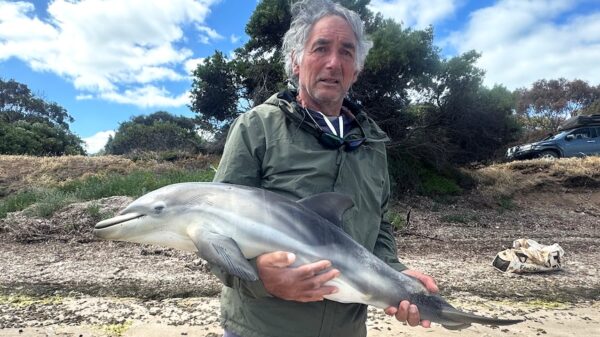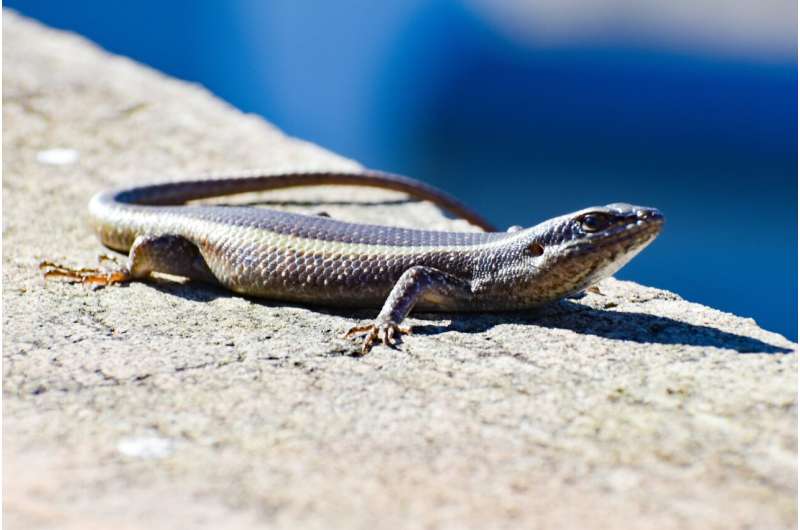Ecologists from the University of South Australia have unveiled alarming findings regarding the impact of prescribed burning on native wildlife, particularly skinks. Their study, published on July 24, 2025, in the International Journal of Wildland Fire, reveals that temperatures during controlled burns can exceed the survivable limits for these reptiles, posing a significant threat to their survival.
Prescribed burning is a common practice in the Mount Lofty Ranges, a region renowned for its biodiversity. This area experiences controlled fires twice a year, typically in spring and autumn, to manage bushfire risks. Researchers measured surface and shelter temperatures during four prescribed fires and compared these with the maximum temperatures different skink species could endure. The results were concerning: average temperatures under typical shelters, such as logs and rocks, reached 108°C and 53°C, respectively. These figures far exceed the survivable temperature range of 37.5°C to 43.0°C for the skinks studied.
The lead researcher, Shawn Scott, a Ph.D. candidate at UniSA, emphasized that while the research focused on reptiles, the findings have broader implications for other native wildlife. “These conditions dramatically exceed the 60°C threshold for most terrestrial vertebrates,” Scott noted. He also highlighted that logs and rocks, although the most effective shelters, still reached lethal temperatures during the fires.
The study further revealed a troubling correlation between ambient temperatures and the intensity of the prescribed burns. Scott explained that as ambient temperatures rose from 17°C to 22°C, the maximum temperatures during the fires increased by up to 700°C. “The hotter the fire, the hotter it’s going to be inside or beneath the shelters sought out by small animals during prescribed burnings,” he stated. This escalation makes it increasingly challenging for these animals to survive extended periods in such conditions.
Co-researcher and wildlife ecologist, Associate Professor Sophie Petit, reinforced the findings, stating that while rocks and logs offer some temperature relief, they are not universally effective. “Not all rocks and logs are good enough,” she remarked, underscoring the need for more nuanced approaches to prescribed burning.
As climate change intensifies the risk of bushfires, the frequency of prescribed burns is expected to rise, particularly in fire-prone regions. Areas like the Mount Lofty Ranges, along with parts of Australia, Greece, Italy, Spain, and California, are likely to see increased implementation of these fire management techniques.
Scott advocates for prioritizing animal survival and biodiversity conservation in prescribed burning practices. He suggests that lower intensity fires should be conducted on milder days, specifically when ambient temperatures are below 17°C. While some burns currently occur in what are considered mild conditions—between 17°C to 22°C—the research indicates that even these temperatures can pose risks to small animals seeking refuge.
Moreover, Scott recommends conducting pre-fire surveys to evaluate the availability and density of shelter sites, which could enhance the chances of survival for wildlife during prescribed burns. Future research should explore the effectiveness of larger shelters and underground environments such as soil, hollows, and burrows, as well as track animal movement and mortality rates during and after these events.
With these insights, the researchers aim to inform better fire management strategies, ensuring that the balance between fire safety and wildlife preservation is maintained. The study serves as a critical reminder of the complexities involved in managing fire risks while safeguarding biodiversity in vulnerable ecosystems.



























































